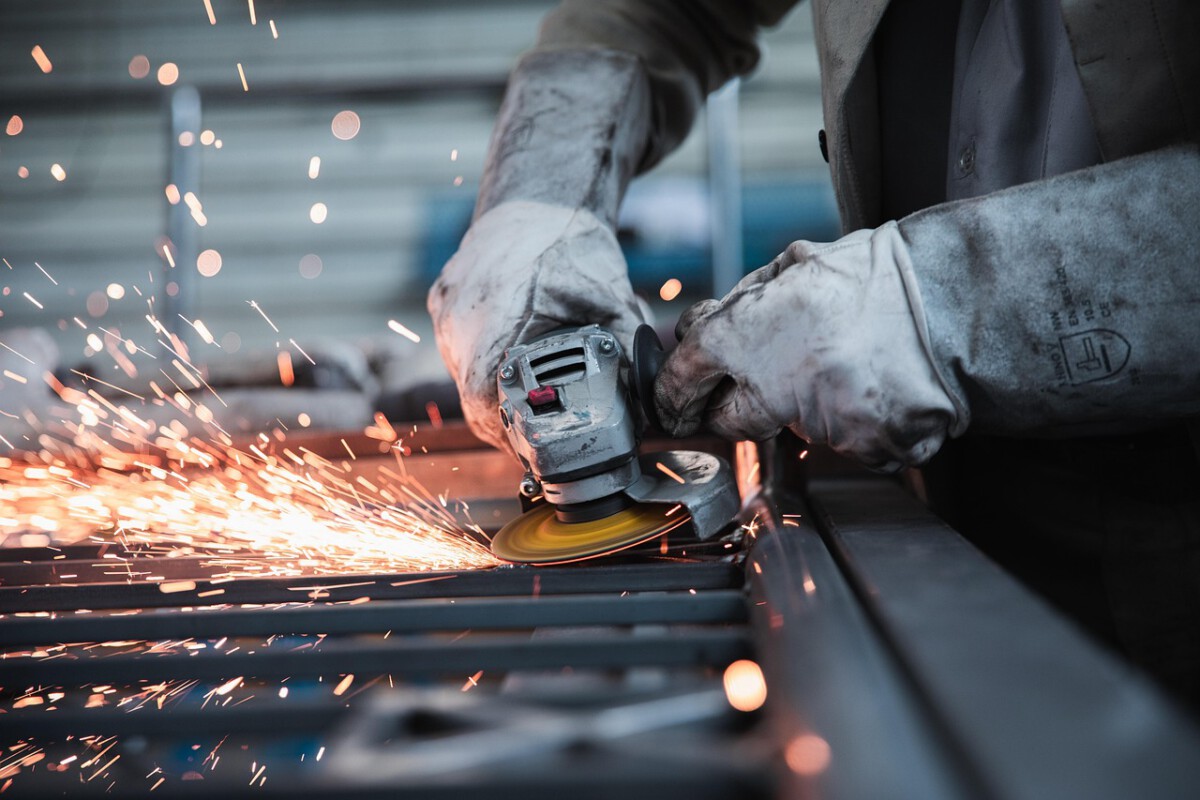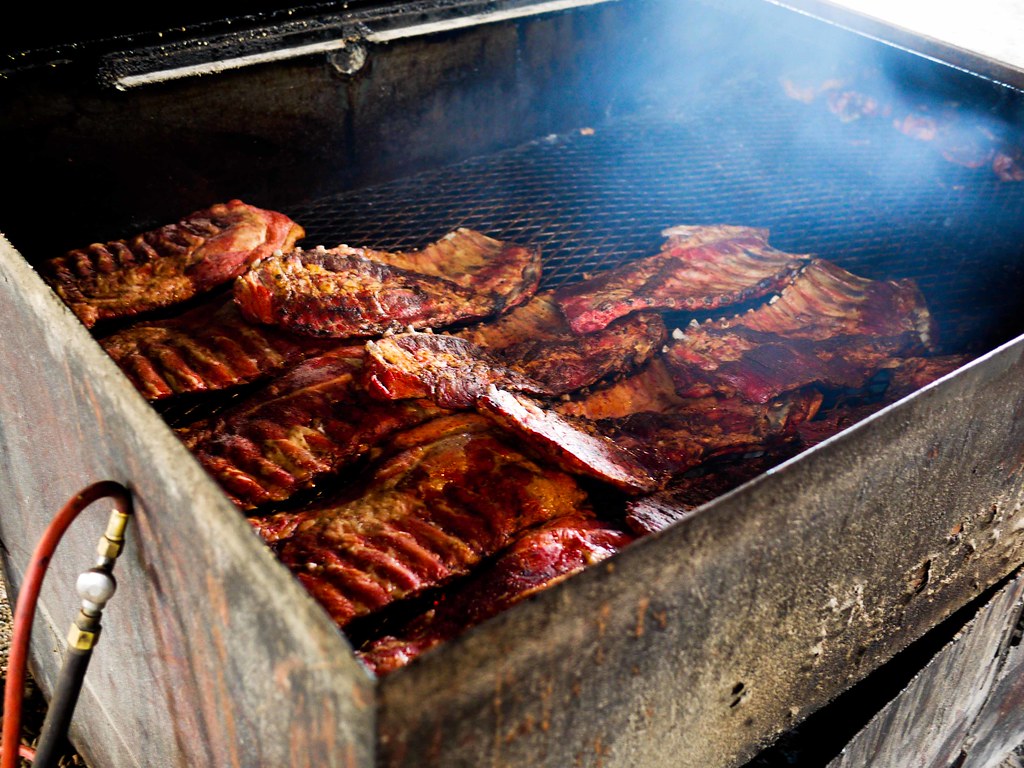Introduction to Virtual Reality Dining

Virtual reality (VR) dining experiences are changing the way food lovers interact with their meals. Imagine sitting at a table in a cozy restaurant, wearing a headset that transports you to the bustling streets of Tokyo or a serene beach in Bali, all while enjoying a delicious meal. This technology blends the art of cooking with immersive environments, offering a unique adventure that stimulates the senses. By providing such experiences, VR dining allows individuals to explore diverse cuisines without leaving their hometown. This novel approach is not only captivating but also offers a glimpse into the future of dining.
The Rise of VR Dining Experiences

The phenomenon of VR dining has gained significant momentum, particularly in cities where culinary culture thrives. According to a report by Statista, the global VR market is anticipated to reach $57.55 billion by 2027, with the food and beverage sector playing a crucial role. Restaurants are embracing this technology to create unforgettable dining experiences that appeal to tech-savvy patrons. The appeal of VR dining lies in its ability to merge the digital world with the culinary arts, offering a fresh way for diners to engage with food.
### Key Statistics:
– The global VR market is projected to grow at a compound annual growth rate (CAGR) of 30.2% from 2020 to 2027.
– 60% of millennials express interest in trying VR dining experiences.
– Over 70% of diners report that immersive experiences enhance their overall satisfaction with a meal.
How VR Dining Works

At the heart of VR dining are headsets that create a virtual environment for diners. These experiences are enriched with sensory elements such as sound, scent, and even temperature, crafting a fully immersive atmosphere. Diners are often presented with interactive opportunities, such as engaging with virtual characters or participating in cooking demonstrations. This interactive aspect allows them to learn about the cuisine they are enjoying, making the dining experience both educational and entertaining.
### Components of VR Dining:
– **Headsets**: High-quality VR headsets provide the visual experience.
– **Sensory Enhancements**: Incorporating scents and sounds to mimic the environment.
– **Interactive Elements**: Opportunities for diners to engage with the virtual setting and characters.
Culinary Adventures Around the World

One of the most exciting features of VR dining is its ability to take diners on a global culinary tour without the need for travel. Guests can savor traditional dishes from various cultures while learning about their history and significance. Imagine enjoying sushi while virtually wandering through a Tokyo fish market or tasting authentic Italian pasta while seated in a virtual Tuscan villa. This global exploration enhances the dining experience, allowing food enthusiasts to indulge their wanderlust without leaving their seats.
### Popular Global Cuisines Explored:
– **Italian**: Experience the art of pasta-making in a Tuscan villa.
– **Japanese**: Savor sushi while virtually visiting a bustling Tokyo fish market.
– **Mexican**: Enjoy authentic tacos while learning about traditional cooking methods in a vibrant Mexican plaza.
Benefits of VR Dining Experiences

VR dining offers numerous benefits for both restaurants and diners. For restaurants, it provides a unique selling proposition that can attract new customers and create buzz. For diners, it presents an opportunity to engage with food in a novel way, enhancing their culinary knowledge and appreciation. The immersive nature of VR dining means that diners are more likely to remember their experience, making it a powerful tool for building customer loyalty.
### Advantages:
– **Enhanced Engagement**: Diners are more likely to remember their experience.
– **Education**: Opportunities to learn about different cuisines and cooking techniques.
– **Accessibility**: Allows individuals to experience global cuisines without the need for travel.
Challenges and Considerations

While VR dining offers exciting opportunities, it also presents challenges that need addressing. The technology can be costly to implement, and not all diners may feel comfortable using VR headsets. Restaurants must also ensure that the quality of their food matches the immersive experience. Balancing these factors is crucial for the successful integration of VR into the dining world.
### Challenges:
– **Cost of Technology**: High initial investment for restaurants.
– **User Comfort**: Not all diners may be familiar or comfortable with VR.
– **Food Quality**: Maintaining high culinary standards is crucial.
The Future of VR Dining

As technology continues to evolve, the future of VR dining appears promising. Innovations such as augmented reality (AR) may further enhance the dining experience by overlaying virtual elements on physical surroundings. As more restaurants adopt these technologies, a wider variety of culinary adventures will become available. The potential for VR dining is immense, offering endless possibilities for creative exploration.
### Future Trends:
– **Integration of AR**: Combining VR with AR for a more interactive experience.
– **Increased Accessibility**: More affordable VR options for restaurants.
– **Expansion of Offerings**: A broader range of cuisines and experiences.
Conclusion

Virtual reality dining experiences are paving the way for a new era of culinary exploration in the United States. By merging technology with gastronomy, food enthusiasts can embark on unique adventures that stimulate their senses and broaden their culinary horizons. As the industry continues to grow, it will be exciting to see how VR dining evolves and what new experiences await diners in the future.






